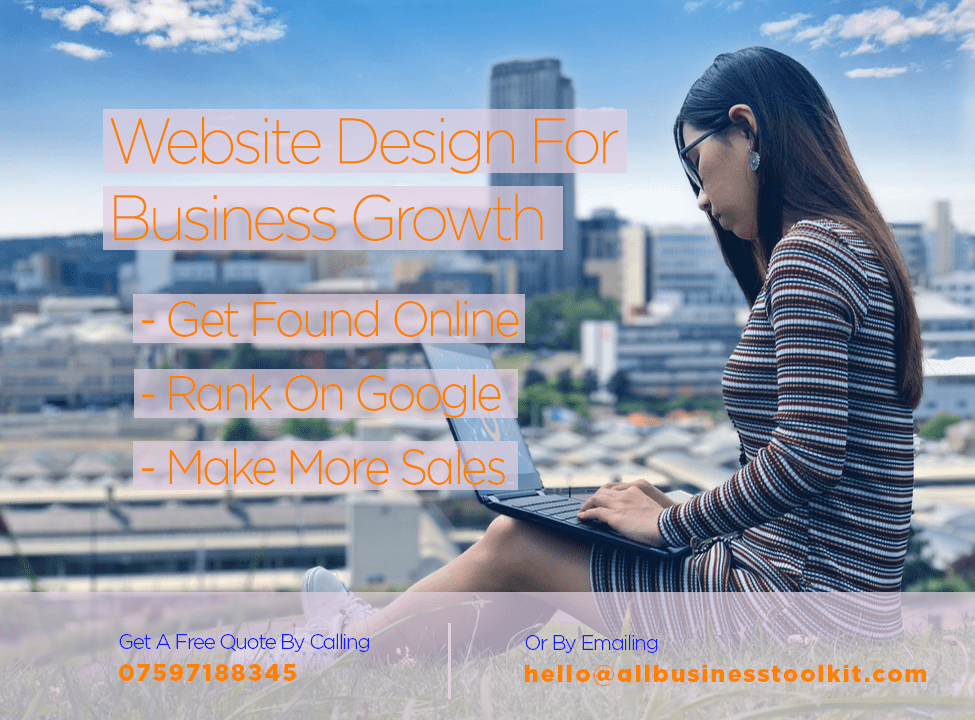Do you want to start up your own business, but you are worried and do not really know what you are doing? But, you do not need to worry! Everyone, is in the same boat when they first come to start their business, and what separates the winners from the losers is having a clear process to manage uncertainty within the first year.
A start up is a temporary organisation designed to search for a repeatable and scalable business model. The goal of a start-up is not to be a start-up but to relieve the uncertainty and blossom into a growing company that adds value to someone’s life for the long term.
In this article, I will take you through the start-up process so that you can reach your potential in a predictable manner.
1. What Is a Start-up
A start-up is on a journey to discover five main goals (listed by priority):
- Timing
- Team & skills
- Idea
- Business model
- Funding
Research shows the #No1 factor of importance is the timing of the start-up idea. This is in fact more important than the idea its self. You can have brilliant idea, but the research shows if you deliver it at the wrong time then is the biggest factor that leads to failure. In reverse, if you have a bad idea but, you deliver it in the right time then this will still lead to success. Timing should not be underestimated and can be easily assessed by observing the demand in the market.
The second most important #No2 factor is having the team and skills to deliver the expected product. By expected product, we mean the product customers want. The research shows that even a good team with the right skills and passion could make a bad idea work to some extent. Which as an entrepreneur and a business owner you need to learn the skills to excel in your market space. People such as Bill Gates and Steve Mannon schedule two hours of their day to reading and learning.
The third most important #No3 factor is the idea of the start-up. This requires a high level of creative thinking to form something that customers will die for… Literally! Get out the building be effectual and discover what is missing in the market.
Business model is the #No4 factor for success in your start-up venture. The business model is organising our business in such a way to create value your customers. It is the process of turning the raw materials into a product for exchange for revenue.
Funding is the #No5 factor for success and it is avoided if possible (unless there is opportunity for real growth). Business that rely on funding are least successful land least innovative. Furthermore, research tells us that successful entrepreneurs can build million dollar businesses with little to no funding from the start. Money causes more problems from the start and reduces the creative problem solving in the early stages.
2. Why Is a Start-up Important?
Whilst searching for the business model there are an unpredictable series of events which are estimated to last for the first two years.
Its apparent start-ups spend their core time adjusting, discovering and searching, as they have no previous figures to analyses against. The behaviours carried out in start-ups are to search for repeatable and scalable activities, which customers will pay for everyday of the year, which are also profitable.
It would be highly unlikely to put together a five-year plan and stick to it, as one mistake will have a knock-on-effect with the later tasks. Strict plans cannot possibly be followed thus no accurate predictions can be met.
Eric Ries – “In the beginning start-ups are focused on figuring out which way is up. They really don’t have a clue what they should be doing and everything is a guess. In the old model they probably would launch at this phase failing or succeeding spectacularly” (Ries).
3. Start-up Process
As discussed, the aim of a start-up is to flourish into a growing business. The process has been broken down into three phases…
3.1 Start-up Process

The first phase is the concept phase whereby we need to build the idea. The second phase is the Pivot phase where we need to challenge any assumptions and build the business model. Finally, the third phase is the scale phase, which we do to reach growth.
We discuss these in more detail below…
4. Phase 1 – Concept
Within the concept phase, we need to consider that we have the right skills and the right team to deliver the value to the customer.
This will include gathering a list of features that we feel the customer will want to pay for. At this phase the list of features are only assumptions as we do not know for a fact these features is something they really want.
But, we want to be creative and try to establish something new that the market has not yet seen. This involves research and collecting what information you can by exploring potential opportunities and gaps you may have experienced, or problems people of the assumed target group of customer may have experienced.
In the process it can involve being effectual – this means assigning your current resources and how this will affect the industry.
5. Phase 2 – Pivot
Customers are the center of every business as it’s their purchases that keep the business alive. Eric Ries suggests start-up should ‘Pivot’ through iteration that turns assumption and hypothesis into hard facts.
Within the pivot, we need to test the idea and discover all the underlining factors that the customer wants to pay for, to discover the true business model to be sustainable.
This will include creating any form of product you can, with its most minimal features (to reduce cost) and take it to the market.
You want to challenge all the assumptions you have from the customer feedback, putting your own emotions or attachment you may have from the product aside to reduce any misguided decisions.
Eric Ries says that assumptions can act as a baseline and when an entrepreneur has pivoted to a desired solution then he needs to make the decision whether to pivot again or perceive.
Pivots put us on the path the creating sustainable business model that results in product market fit.
Timing is also in fact massive factor here. If the timing is not right then the business idea is not right. The overall aim for the pivot stage is to discover the business model.
This start-process is focus on transforming the initial idea into greater value for the customer. In my opinion this is a smarter approach for setting up a business as by pivoting; the idea is being piloted where information is being collected and utilized for the next pivot.
However, this also reconciles the belief that failure is inevitable as being congruent to the high level of uncertainty at the beginning, and so to avoid risk this failure must be managed.
By pivoting a startup is not seen to have failed, but rather grounds for learning to which the intended product can be modified to satisfy the market. Blank et al (2012) has developed a mechanism to manage failure called the Business Model Canvas (BMC) provides a visual format of thestartup focusing on the value proposition to the intended market providing logic how the other elements of the business fit into it. He’s concept is similar to Ries (2011) however he has provided a structured framework for learning all elements required from the startup.
Both Ries (2011, p 149) and Blank et al (2012) stresses the importance of managing failure as the information gained is an attempt to revolutionize the current state, reduces the probability of failure and the luck factor to be successful.
6. Phase 3 – Scale
The final stage is the scale stage. This means how to take the business model and position yourself to achieve growth.
This can include replicate it in other regions, other markets to attract customer and reach growth.
This stage is more focused on management to which there will be functioning departments to cater for the growing capacity of the service, the considered approach would be less effectual and more causal in the approach.


![Step Start-Up [Methodology] For Growth](https://allbusinesstoolkit.com/wp-content/uploads/2019/02/start-up-process.jpg)


